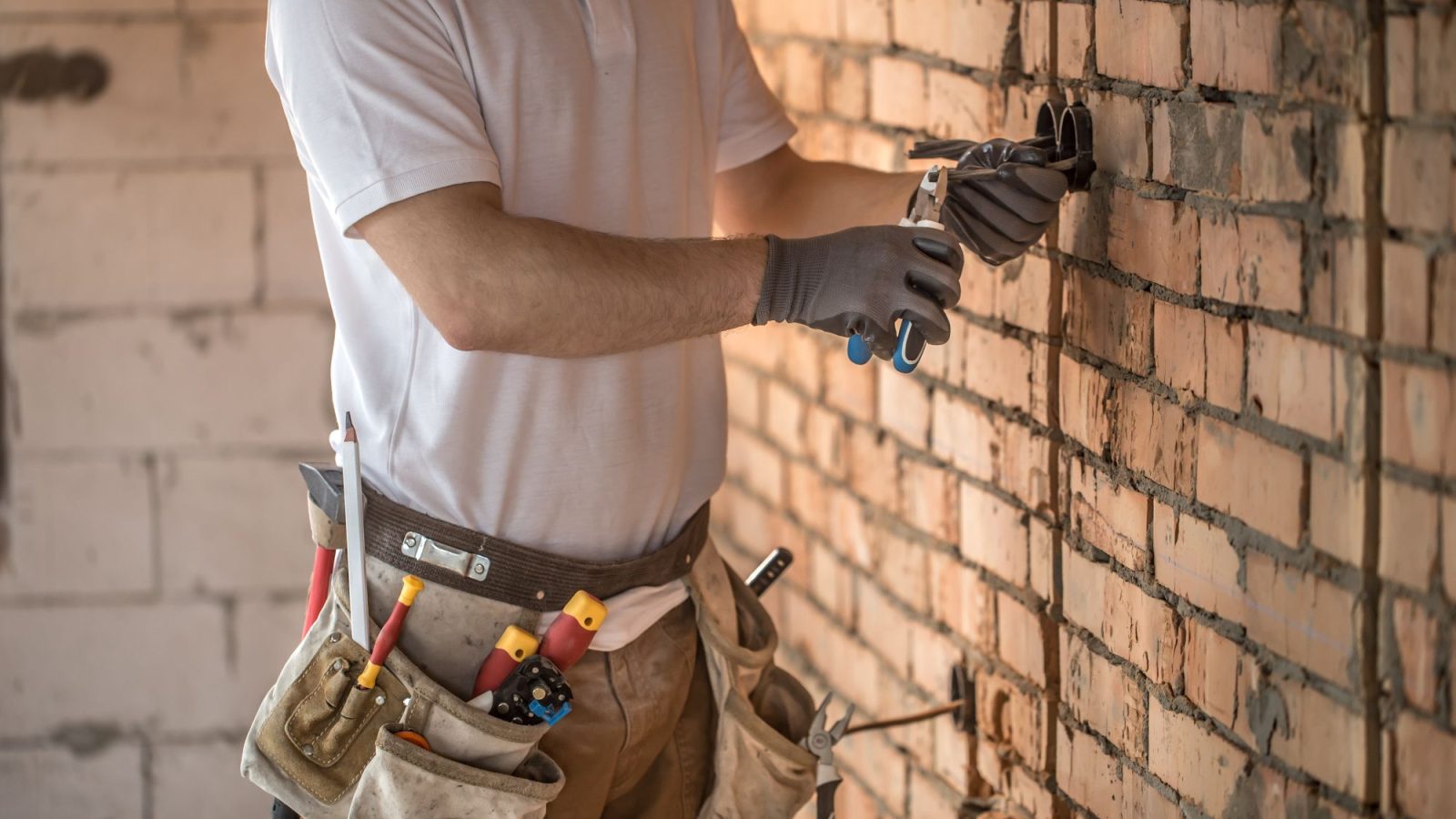News / Advertising Feature
Why Safety Matters When Taking on Home Renovation Projects
Transforming a house into the home you envision brings both excitement and challenge, but every project carries risks. Paying attention to safety from the start not only protects you and your family but also ensures the renovation becomes a rewarding experience rather than a costly setback. While envisioning the transformation of your space, it’s essential to prioritise your well-being by implementing adequate precautions. An aspect often overlooked is the importance of proper DIY safety work clothing in mitigating hazards during construction tasks. Brands such as Strauss provide reliable gear that acts as a primary defence against numerous risks inherent in renovation environments.
What are the most common safety risks during home renovation?
Home renovations bring with them an array of safety risks that need to be managed carefully. Falls are among the most common hazards, particularly when working at heights or using ladders. It’s crucial to ensure that all equipment is stable and that proper techniques are employed to prevent accidents. Sharp tools and materials can lead to cuts or other injuries, so handling them with care and keeping a tidy workspace is vital.
Another significant risk involves exposure to harmful substances like asbestos, lead paint or toxic fumes from certain building materials. Such exposures necessitate wearing appropriate protective equipment and ensuring adequate ventilation in the workspace. Electrical hazards also pose a threat; faulty wiring or mishandling electrical equipment can result in severe injuries. Therefore, understanding the basics of electrical safety and possibly consulting professionals for complex tasks is advisable.
Why is work clothing critical for home renovation safety?
is needed now More than ever
The role of proper work clothing cannot be overstated when it comes to ensuring safety during renovation projects. Such attire provides a crucial layer of precaution and protection against physical injuries and exposure to harmful elements. Wearing appropriate gear shields you from debris, sharp objects and chemical spills that are commonplace in construction settings.
Work clothing serves as a barrier between you and potential hazards, thereby minimising injury risks significantly. For instance, steel-toed boots protect your feet from falling objects, while gloves safeguard your hands from sharp edges and harmful substances. Similarly, wearing eye protection prevents debris from causing eye injuries. Choosing the right work clothing is about balancing durability with comfort. You need a gear that will withstand tough conditions while allowing you to move freely and perform tasks efficiently. Investing in high-quality, affordable options ensures long-term protection without compromising on quality or budget constraints.
Cost-effective safety solutions
You don’t have to break the bank to stay safe during renovations; many cost-effective solutions can enhance your security. One approach is repurposing existing materials whenever possible, which not only saves money but also reduces waste. Incorporating leftover materials creatively into new projects can yield great results with minimal expenditure. Utilising protective gear such as goggles and gloves is another affordable way to maintain safety standards. These items are readily available at various price points and offer substantial protection against common renovation hazards like dust and debris exposure. Additionally, investing in specific work clothing tailored for construction tasks ensures comprehensive coverage against different risk factors.
DIY safety work clothing recommendations
Selecting the right work clothing for DIY and renovation tasks involves considering factors such as durability, comfort, and protection level. Opt for garments made from sturdy materials like denim or reinforced canvas that withstand wear and tear typical of construction environments. Look for features like reinforced knees or elbow patches that provide extra durability where it’s needed most. Your choice should also reflect the specific tasks you’ll undertake; for example, waterproof jackets are ideal if you’re working outdoors or dealing with plumbing projects. Ensure that your clothing allows freedom of movement so you can perform tasks efficiently without restrictions.
 Our newsletters emailed directly to you
Our newsletters emailed directly to you




















